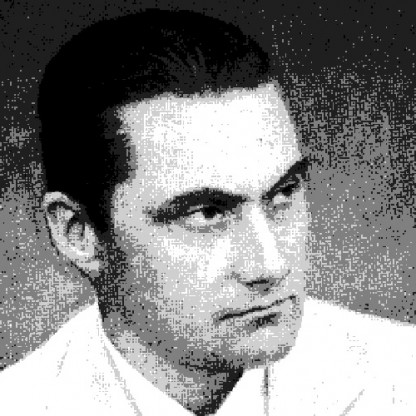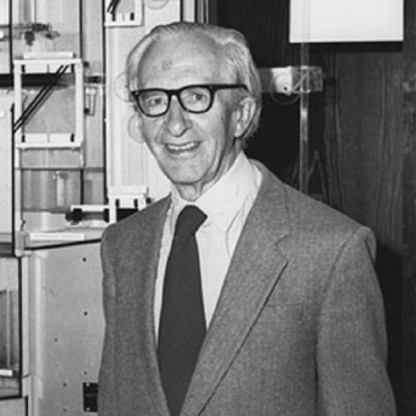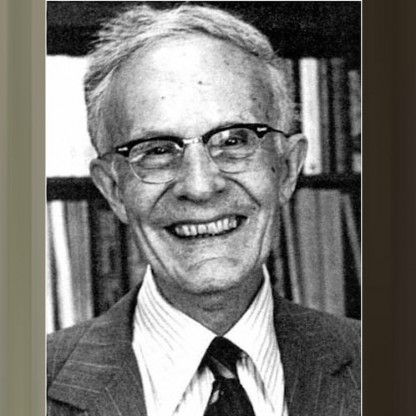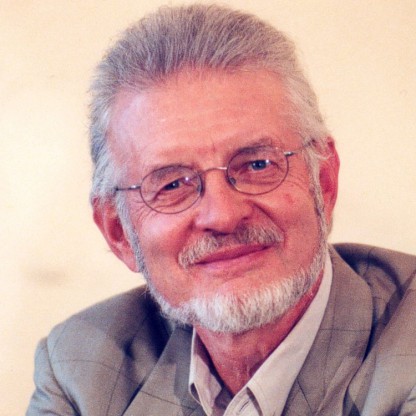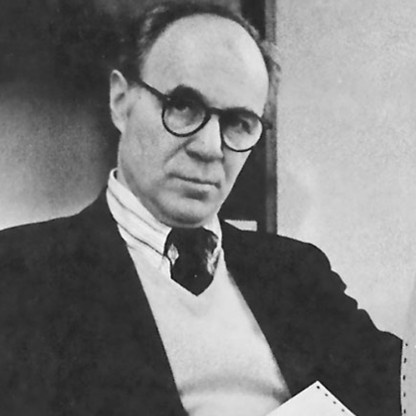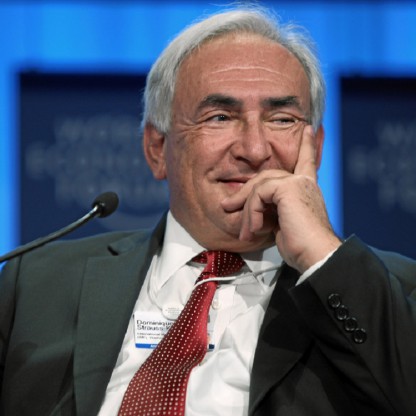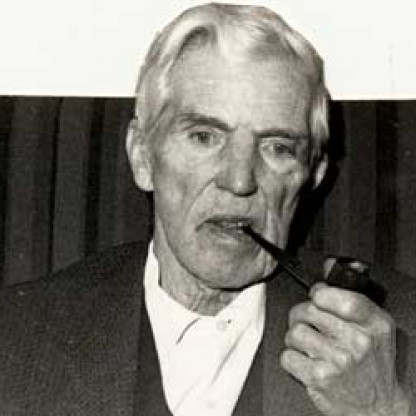William Sharpe was born on June 16, 1934 in Boston, Massachusetts. As his father was in the National Guard, the family moved several times during World War II, until they finally settled in Riverside, California. Sharpe spent the rest of his childhood and teenage in Riverside, graduating from Riverside Polytechnic High School in 1951. He then enrolled at the University of California at Berkeley planning to pursue a degree in Medicine. However, in the first year he decided to change his focus and moved to the University of California at Los Angeles to study Business Administration. Finding that he was not interested in accounting, Sharpe had a further change in preferences, finally majoring in Economics. During his undergraduate studies, two professors had a large influence on him: Armen Alchian, a professor of economics who became his mentor, and J. Fred Weston, a professor of Finance who first introduced him to Harry Markowitz's papers on portfolio theory. While at UCLA, Sharpe became a member of the Theta Xi Fraternity and Phi Beta Kappa Society. He earned a B.A. from UCLA in 1955 and a M.A. in 1956.

